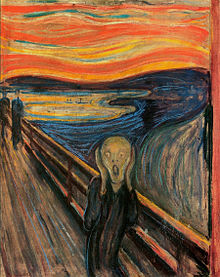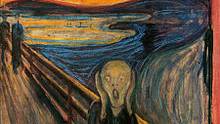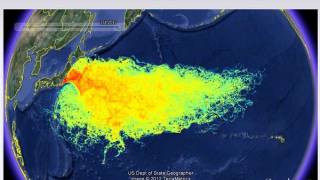Abnormal Is the New Normal?
Source: slate.com
Why will half of the U.S. population have a diagnosable mental disorder?Beware the DSM-5, the soon-to-be-released fifth edition of the “psychiatric bible,” the Diagnostic and Statistical Manual. The odds will probably be greater than 50 percent, according to the new manual, that you’ll have a mental disorder in your lifetime.
 Although fewer than 6 percent of American adults will have a severe mental illness in a given year, according to a 2005 study, many more—more than a quarter each year—will have some diagnosable mental disorder. That’s a lot of people. Almost 50 percent of Americans (46.4 percent to be exact) will have a diagnosable mental illness in their lifetimes, based on the previous edition, the DSM-IV. And the new manual will likely make it even "easier" to get a diagnosis.
Although fewer than 6 percent of American adults will have a severe mental illness in a given year, according to a 2005 study, many more—more than a quarter each year—will have some diagnosable mental disorder. That’s a lot of people. Almost 50 percent of Americans (46.4 percent to be exact) will have a diagnosable mental illness in their lifetimes, based on the previous edition, the DSM-IV. And the new manual will likely make it even "easier" to get a diagnosis.If we think of having a diagnosable mental illness as being under a tent, the tent seems pretty big. Huge, in fact. How did it happen that half of us will develop a mental illness? Has this always been true and we just didn’t realize how sick we were—we didn’t realize we were under the tent? Or are we mentally less healthy than we were a generation ago? What about a third explanation—that we are labeling as mental illness psychological states that were previously considered normal, albeit unusual, making the tent bigger. The answer appears to be all three.
 First, we’ve gotten better at detecting mental illness and doing so earlier in the course of the illness. For decades, mental health clinicians, physicians, the U.S. surgeon general’s office, and various state and local agencies have been advocating for better detection of mental illness. If we are better at spotting it, we can treat it. And if we detect it earlier, we can, hopefully, intervene to reduce the intensity and/or frequency of symptoms. For instance, people who decades ago may have had undiagnosed attention deficit hyperactivity disorder, depression, or substance abuse are now more likely to have their problems recognized and diagnosed. But the increased awareness and detection translates into a higher rate of mental illness.
First, we’ve gotten better at detecting mental illness and doing so earlier in the course of the illness. For decades, mental health clinicians, physicians, the U.S. surgeon general’s office, and various state and local agencies have been advocating for better detection of mental illness. If we are better at spotting it, we can treat it. And if we detect it earlier, we can, hopefully, intervene to reduce the intensity and/or frequency of symptoms. For instance, people who decades ago may have had undiagnosed attention deficit hyperactivity disorder, depression, or substance abuse are now more likely to have their problems recognized and diagnosed. But the increased awareness and detection translates into a higher rate of mental illness.Second, we really are getting “sicker.” The high prevalence of mental illness in the United States isn’t only because we’ve gotten better at detecting mental illness. More of us are mentally ill than in previous generations, and our mental illness is manifesting at earlier points in our lives. One study supporting this explanation took the scores on a measure of anxiety of children with psychological problems in 1957 and compared them with the scores of today’s average child. Today’s children—not specifically those identified as having psychological problems, as were the 1957 children—are more anxious than those in previous generations.
Another study compared cohorts of American adults on the personality trait of neuroticism, which indicates emotional reactivity and is associated with anxiety. Americans scored higher on neuroticism in 1993 than they did in 1963, suggesting that as a population we are becoming more anxious. Another study compared the level of narcissism among cohorts of American college students between 1982 and 2006 and found that more recent cohorts are more narcissistic.
An additional study supports the explanation that more people are diagnosed with mental illness because more of us have mental illness: The more recently an American is born, the more likely he or she is to develop a psychological disorder. Collectively, this line of research indicates that more is going on than simply better detection of mental illness.
Here’s a third explanation for the increased prevalence of mental illness, one that implies something important about our culture: What was once considered psychological healthy (or at least not unhealthy) is now considered to be mental illness. Some of the behaviors, thoughts, and feelings that were within the then-normal range of human experience are now deemed to be in the pathological part of the continuum. Thus, the actual definition of mental illness has broadened, creating a bigger tent with more people under it. This explanation implies that we, as a culture, are more willing to see mental illness in ourselves and in others.
[...]
Read the full article at: slate.com






















